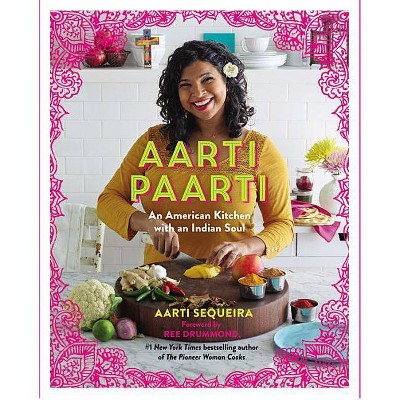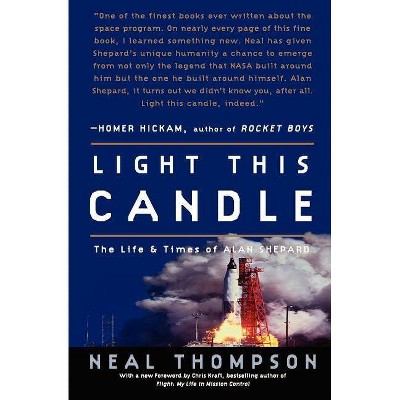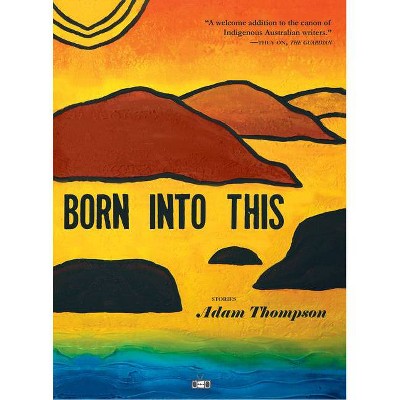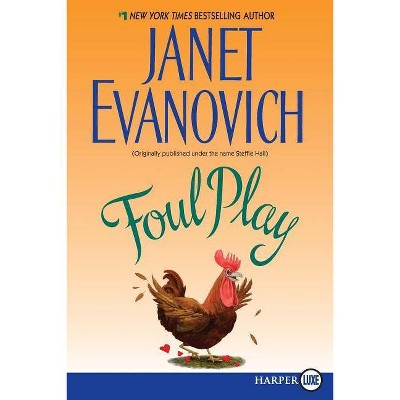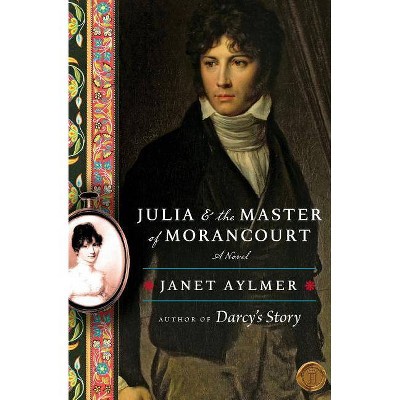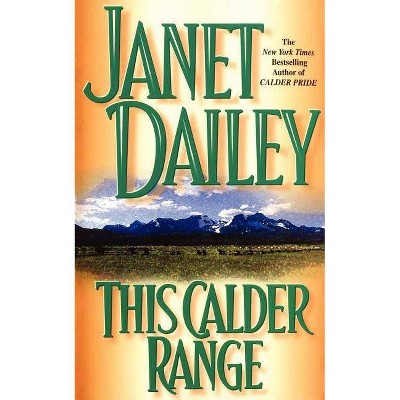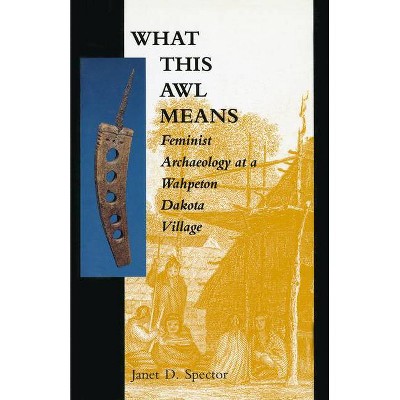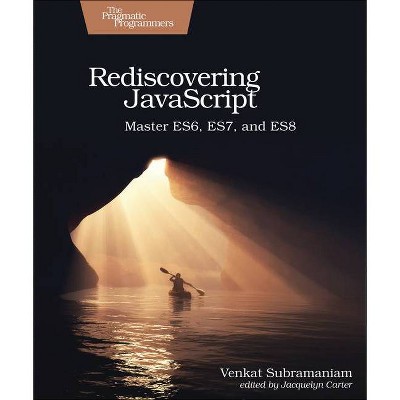This Is Play - by Julia Luckenbill & Aarti Subramaniam & Janet Thompson (Paperback)
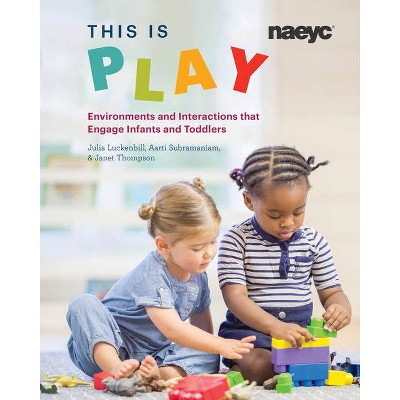
Similar Products
Products of same category from the store
AllProduct info
<p/><br></br><p><b> About the Book </b></p></br></br>Use this information and ideas in this practical book to become more intentional in interactions with and curriculum decisions for infants, toddlers, and two-year-olds.<p/><br></br><p><b> Book Synopsis </b></p></br></br><p>Slow down, tune in, and discover the very purposeful play of infants and toddlers. Addressing considerations like choosing interesting materials, setting up safe and inviting environments, and why you are the most important element of play for very young children, the authors come alongside to help you</p> <ul> <li>Better understand what play means for infants and toddlers</li> <li>Read children's cues and respond to their needs for more challenge, a break from interaction, or a play partner</li> <li>Support children's physical, social and emotional, language, and cognitive development</li> <li>Adapt the way you play with children and what materials you offer based on individual abilities, interests, and needs</li> <li>Look at toddler behavior in new ways and use proven strategies to help children navigate play situations with peers</li> <ul> <p>This book is a delightful, easy read, full of insights like how to provide play choices for even very young children and why sportscasting is not just for TV but for infant and toddler classrooms, too. With its spot-on ideas and delightful anecdotes, you'll gain a new appreciation for infants' and toddlers' competence and curiosity and how important your role is in the birth-to-3 adventure. </p> <p>This is play for very young children and for you. Come and explore.</p><p/><br></br><p><b> Review Quotes </b></p></br></br><br><p>Early childhood educators wear many hats in the classroom: teacher, guide, scheduler, caregiver, supervisor, and communicator, among others. They also facilitate children's play. Research has demonstrated the power of play for fostering young children's development in a variety of areas, including mathematics, spatial skills, language development, scientific thinking, and social skills (Zosh et al., 2018). Authors Julia Luckenbill, program coordinator at the Early Childhood Lab School at UC Davis, Aarti Subramanian, research analyst for the University of California Agriculture and Natural Resources' 4-H program, and Janet Thompson, director of the UC Davis Early Childhood Lab, bring significant experience working with children and conducting research on early childhood education. They understand the tension between the need to fulfill many different classroom roles while at the same time being intentional and evidenced-based in pedagogy and practice, specifically regarding play in the classroom. That is why <i>This Is Play</i> is a welcome addition to the current literature landscape for early childhood educators.</p> <p>The goal of the book is to provide early childhood educators with guidance for creating developmentally appropriate methods for supporting children's play and learning. In pursuit of this goal, the book is well organized and easily digestible for busy educators. The introductory chapter (Chapter One) provides an overview of the importance of play and what it means to foster children's development in a playful context. The authors also include a section on electronic toys and screen devices. With the increasing prevalence of these devices in homes and classrooms, contextualizing their presence with the reminder that contingent adult-child interactions are the bedrock for healthy development reminds educators to look for ways to either avoid these devices or use them in ways that support learning and development.</p> <p>The rest of the text is divided into chapters focusing on young infants (0 to 9 months), mobile infants (8 to 18 months), toddlers (16 to 36 months), and children with diverse characteristics, abilities, and needs. Each of the age-based chapters starts by giving a snapshot of children's development during that particular range, then gives practical examples and tips for supporting children's play. The authors also include extensive lists of additional resources for teachers and families in each chapter. In Chapter Two, focusing on 0- to 9-month-old infants, the authors use vignettes to describe how to design safe and supportive play environments for infants. For example, they provide information about how materials connect to skills, such as using stacking rings to support cognitive development.</p> <p>Chapter Three (8- to 18-month-old infants) features additional vignettes about play materials, including making homemade playdough. This chapter also highlights the ways in which play fosters specific skills, such as a pop-up toy helping children explore the concept of cause-and-effect. In Chapter Four (16- to 36-month-old children), the authors provide detailed information about designing toddler play spaces to focus on a variety of play types, including dramatic, nature, cognitive, gross motor, sensory, and block play. They also encourage educators to choose play themes that are meaningful for children, meaning that they connect to children's lives and previous experiences. Examples of these include a doctor's office and a grocery store, among others. Finally, Chapter Five focuses on children with diverse characteristics, abilities, and needs, and gives specific examples of how to work with children and their families to ensure that all children, regardless of disability status, language background, etc., have opportunities for developmentally appropriate play.</p> <p>The strongest component of the book is the authors' commitment to demonstrating how play and learning connect at various points in development. Research suggests that humans learn best in active (not passive), engaged (not distracted), meaningful (not disconnected), joyful, iterative (not static), and socially interactive contexts (Zosh et al., 2018). Play is well-situated to speak to all of these contexts. <i>This Is Play</i> provides concrete examples in each chapter to help early childhood educators create play opportunities that align with these best practices.</p> <p>Another strength of the book is the authors' focus on supporting play for all children regardless of disability status, age, language background, medical needs, and other factors. Using people-first language throughout highlights the authors' commitment to seeing children first, before seeing their diagnoses. The framing of the book by overlapping age groups also signals that the authors understand that development does not follow a strict timetable, but instead that there is a range of individual differences. <i>This Is Play</i> also explicitly acknowledges the financial challenges that early childhood educators face when trying to plan play activities and spaces for their classrooms. The authors provide strategies for saving money without sacrificing the quality of the play experiences.</p> <p>Perhaps the one piece missing from the book is the construct of playful learning. The authors define play in Chapter One and then review several different types of play; interpersonal, exploratory/sensorimotor, relational, constructive, symbolic, and rough-and-tumble. However, much of the play described in the book fits under the umbrella of playful learning, including free play, which is both child-initiated and child-directed; guided play, which combines the exploratory nature of free play with developmentally appropriate scaffolding in support of a learning goal; and games (Hassinger-Das et al., 2017). Much of the play that the authors describe throughout the book would be classified as guided play. Guided play can be an adult simply setting up play materials in a pre-planned environment that is designed to spark learning (Weisberg et al., 2016); for example, a teacher reading a book about farms in class and then setting up a play center with a farm play set featuring some of the children's newly learned vocabulary words. Guided play can also be an educator joining in children's play to support learning by asking questions or scaffolding interactions (Weisberg et al., 2016). <i>This Is Play</i> includes many examples and guidance highlighting the importance of both adults as play partners and their scaffolding of learning opportunities during play, which is very much in line with the concept of guided play. Adding a discussion of playful learning, and guided play in particular, would only serve to further connect the book with the current literature.</p> <p>Overall, <i>This Is Play</i> is a much-needed addition to the literature written for early childhood educators. The book is easy to read, provides many concrete examples, and is inclusive of the varied needs of children. Early childhood educators have myriad daily responsibilities in the classroom, but the authors provide clear guidance to help educators create and support children's play without adding too much more to their plates.</p> <p><i>References</i></p> <p>Hassinger-Das, B., Toub, T. S., Zosh, J. M., Michnick, J., Hirsh-Pasek, K., & Golinkoff, R. M. (2017). More than just fun: A place for games in playful learning. <i>Infancia y Aprendizaje</i>, 40, 191-281. https: //doi.org/10.1080/02103702.2017.1292684</p> <p>Weisberg, D. S., Hirsh-Pasek, K., Golinkoff, R. M., Kittredge, A. K., & Klahr, D. (2016). Guided play: Principles and practices. <i>Current Directions in Psychological Science</i>, 25(3), 177-182. https: //journals.sagepub.com/doi/pdf/10.1177/0963721416645512</p> <p>Zosh, J. M., Hirsh-Pasek, K., Hopkins, E. J., Jensen, H., Liu, C., Neale, D., ... Whitebread, D. (2018). Accessing the inaccessible: Redefining play as a spectrum. <i>Frontiers in Psychology</i>, 9, 1124. 10.3389/fpsyg.2018.01124</p>--Brenna Hassinger-Das "Teachers College Record "<br><p/><br></br><p><b> About the Author </b></p></br></br><p>Julia Luckenbill, MA, has a master's in education. She is the program coordinator for the infant and toddler components of the NAEYC-accredited Early Childhood Laboratory School at the University of California, Davis (UC Davis) Center for Child and Family Studies. Julia has directed preschool programs in California and presents on child development topics for families, teachers, and students.</p><p>Aarti Subramaniam is a Research Specialist in the 4-H Center for Youth Development at the UC Davis. She studies youth program participation and youth well-being.</p><p>Janet Thompson, MA, is Director of Early Childhood Lab (ECL) School at the UC Davis Center for Child and Family Studies.</p>
Price History
Cheapest price in the interval: 30.49 on October 22, 2021
Most expensive price in the interval: 30.49 on December 20, 2021
Price Archive shows prices from various stores, lets you see history and find the cheapest. There is no actual sale on the website. For all support, inquiry and suggestion messagescommunication@pricearchive.us
